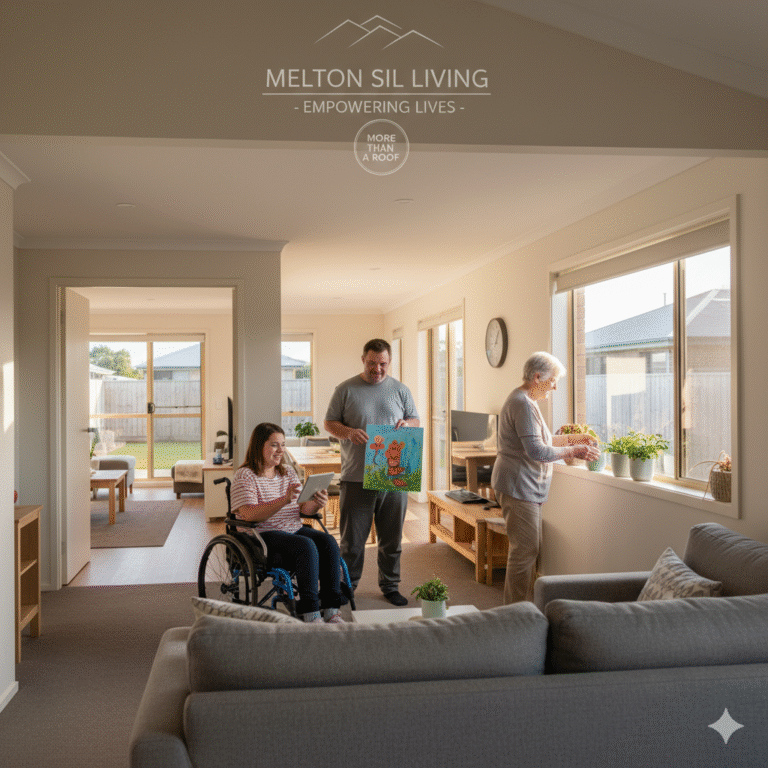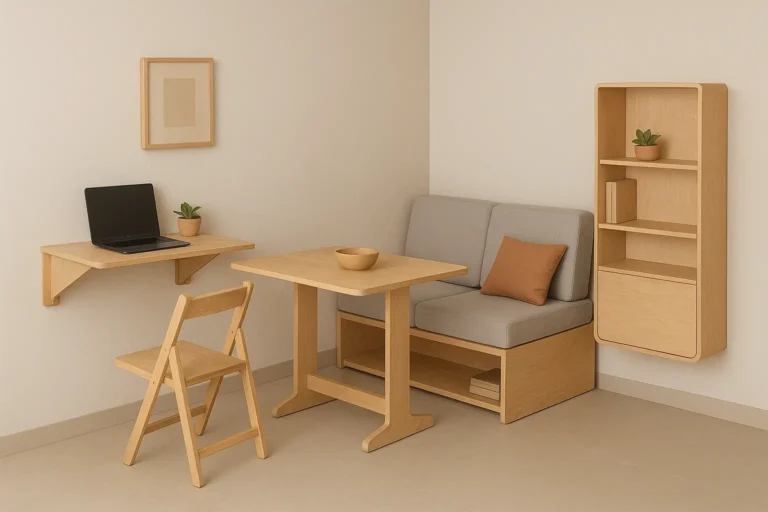
Choosing senior housing is a big decision that impacts your loved one’s health, happiness, and sense of community. With so many options, knowing what to look for ensures they get the right mix of care, independence, and social connection. This guide covers the types of senior housing, key factors to consider, and questions to ask during visits to help you make a confident choice.
Understanding Types of Senior Housing
Choosing the right senior housing begins with understanding the different settings available. Each option offers a distinct level of care and independence, which is essential when matching a community to your loved one’s needs.
Independent Living
Independent living communities are designed for active seniors who value privacy, convenience, and a vibrant community life. Residents typically have their apartments or cottages, with opportunities to participate in group activities, outings, and fitness programs. Maintenance, housekeeping, and meal services are often included, allowing residents to enjoy their retirement without the burdens of home upkeep.
Key Takeaways
- Great for seniors who can manage daily tasks but want less responsibility
- Usually offer social events, transportation, laundry, and dining services
- Medical care is not provided, but support is available for arranging outside services
Assisted Living
Assisted living bridges the gap between independent living and nursing care. These communities offer help with activities of daily living (ADLs) such as bathing, dressing, medication management, and mobility, while encouraging as much independence as possible. Private or semi-private rooms are common, and most facilities offer scheduled activities and wellness programs.
Key Features
- Ideal for seniors who need some help but don’t require full-time medical oversight
- Support staff are available around the clock
- Personalized care plans, meals, housekeeping, and communal activities included
Nursing Homes
Nursing homes, also called skilled nursing facilities, provide the highest level of care outside a hospital. They employ licensed nurses and other health professionals to deliver 24-hour medical attention, rehabilitation, and personal care. Nursing homes are suited for seniors with serious health conditions or those requiring intensive long-term care.
When to Consider
- For those needing close medical supervision and frequent assistance
- Rehabilitation services (physical, occupational, and speech therapy) are often on-site
- A greater staff-to-resident ratio ensures close monitoring of complex health needs
Continuing Care Retirement Communities (CCRCs)
Retirement communities, like those in Kaysville, offer a multi-level approach to senior housing. Residents can transition between independent living, assisted living, and skilled nursing as their needs change. This arrangement allows seniors to stay within the same community, benefiting from familiar surroundings and relationships even as their level of care increases.
Why They Stand Out
- A lifetime continuum of care for peace of mind
- Customizable services and flexible living arrangements
- May involve an entrance fee in addition to monthly costs
Key Factors to Consider When Evaluating Senior Housing
No two senior living communities are exactly alike. Focus on practical considerations and personal preferences to find the best fit.
Location
The community’s location shapes access to family, medical providers, and local amenities. Consider proximity to friends and relatives, neighborhood safety, and transportation options. A familiar area can help residents acclimate more easily and maintain existing relationships.
Cost
Senior housing costs vary widely by type, location, services, and amenities. Typical expenses might include monthly rent, care levels, activity fees, and one-time deposits. Make sure to clarify what each fee covers and ask about future increases. Investigate whether insurance, veterans’ benefits, or other financial assistance programs can help offset costs.
Level of Care
Assess your loved one’s current and possible future needs. Will the housing option adapt if they require extra help in the coming years? Make sure the staff can manage your family member’s particular medical conditions or mobility challenges.
Amenities
Amenities enhance quality of life and daily enjoyment. Seek out amenities that match your loved one’s interests and preferences, such as:
- Fitness centers and wellness programs
- On-site beauty salons or barbershops
- Gardens, walking trails, and outdoor seating
- Libraries and computer rooms
- Transportation and concierge services
Amenities should foster independence while making life easier and more fun.
Social Activities
Staying socially active is key to emotional well-being. Review the activities calendar during your visit. Are there hobby clubs, music classes, or cultural outings? Is the atmosphere lively and inclusive? A vibrant social scene can help residents make friends and enjoy a fulfilling retirement.
Safety
Safety is non-negotiable. Assess building design and features such as:
- Secure entrances and exits
- Emergency call systems
- On-site security personnel
- Well-lit pathways and common spaces
Staff should be trained for emergencies. Ask about disaster preparedness and resident monitoring processes, especially for those at risk of falls or wandering.
Questions to Ask During Community Tours
Visiting potential senior living communities gives you a firsthand sense of the environment and daily life. To make the most of your tours, come prepared with questions that go beyond the brochure.
Ask About Staff
- What is the staff-to-resident ratio?
- What are the credentials and training of caregivers and medical staff?
- How is care coordinated with outside providers?
Investigate Emergency Procedures
- What emergency protocols are in place?
- How frequently are staff trained and drills conducted?
- How is the family informed in case of an emergency?
Meal and Dining Options
- How are menus planned? Can residents request modified diets?
- Are meal times flexible?
- Are snacks available between meals?
- Can family or friends join residents for meals?
Resident Feedback
- Can you speak with current residents or family members about their experiences?
- How does the community collect and act on resident feedback?
- Are satisfaction survey results available for review?
These questions help you gauge the facility’s responsiveness, transparency, and culture.
Conclusion
Selecting a senior housing community involves more than checking off a list of features. Each person has unique needs, values, and preferences. Trust your observations and conversations during tours, and don’t hesitate to visit multiple times or bring along trusted friends or family for input.


